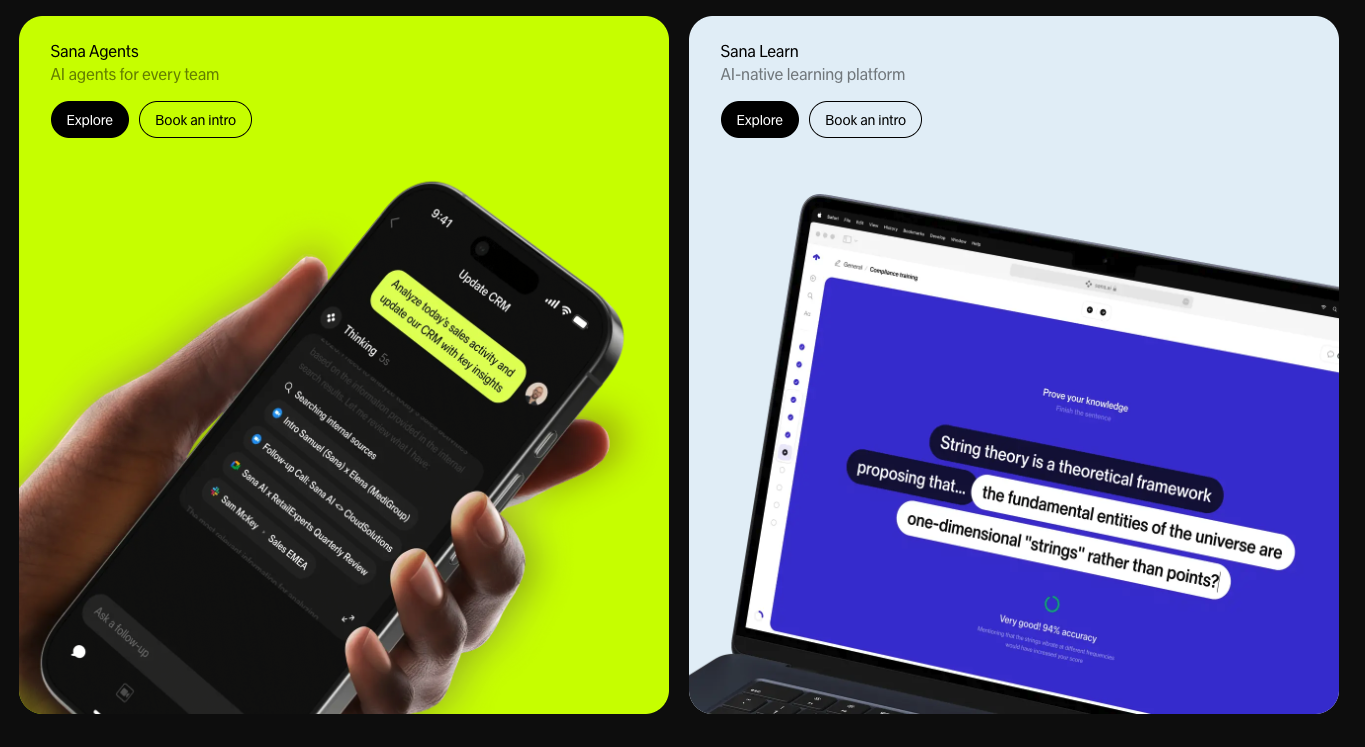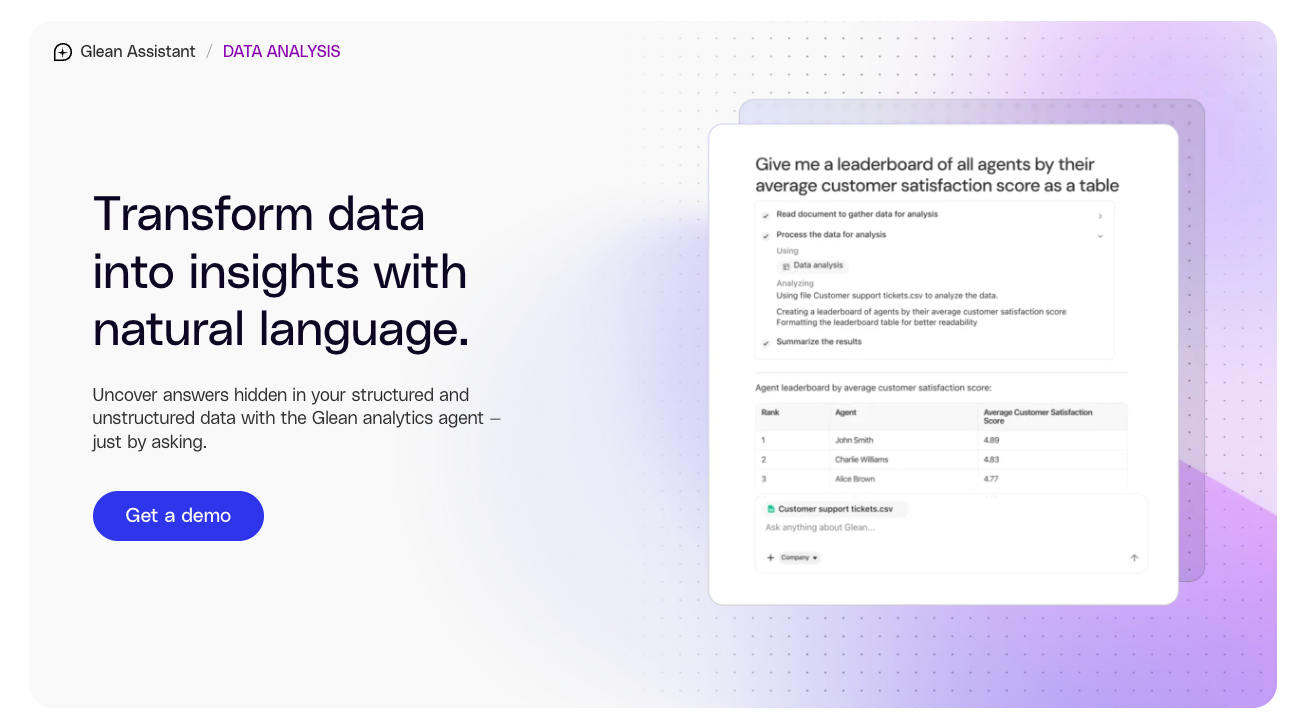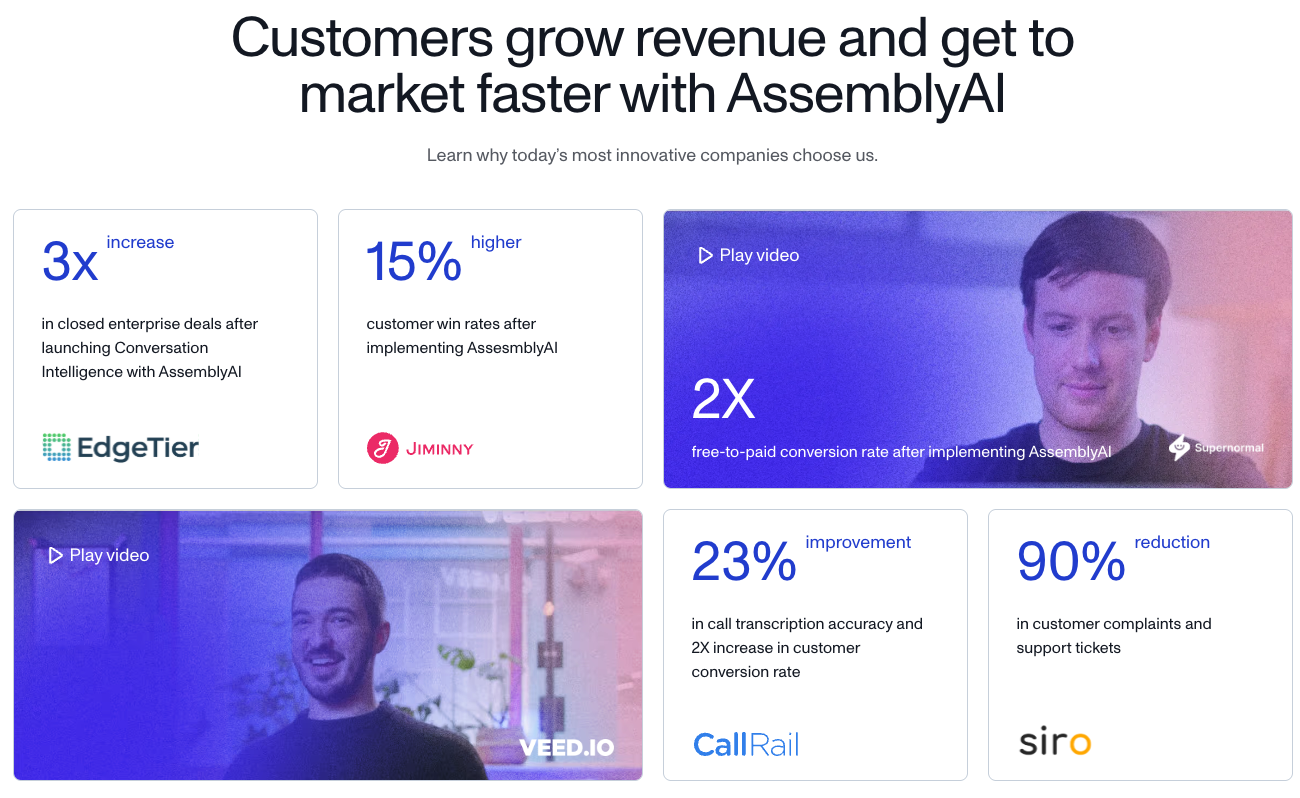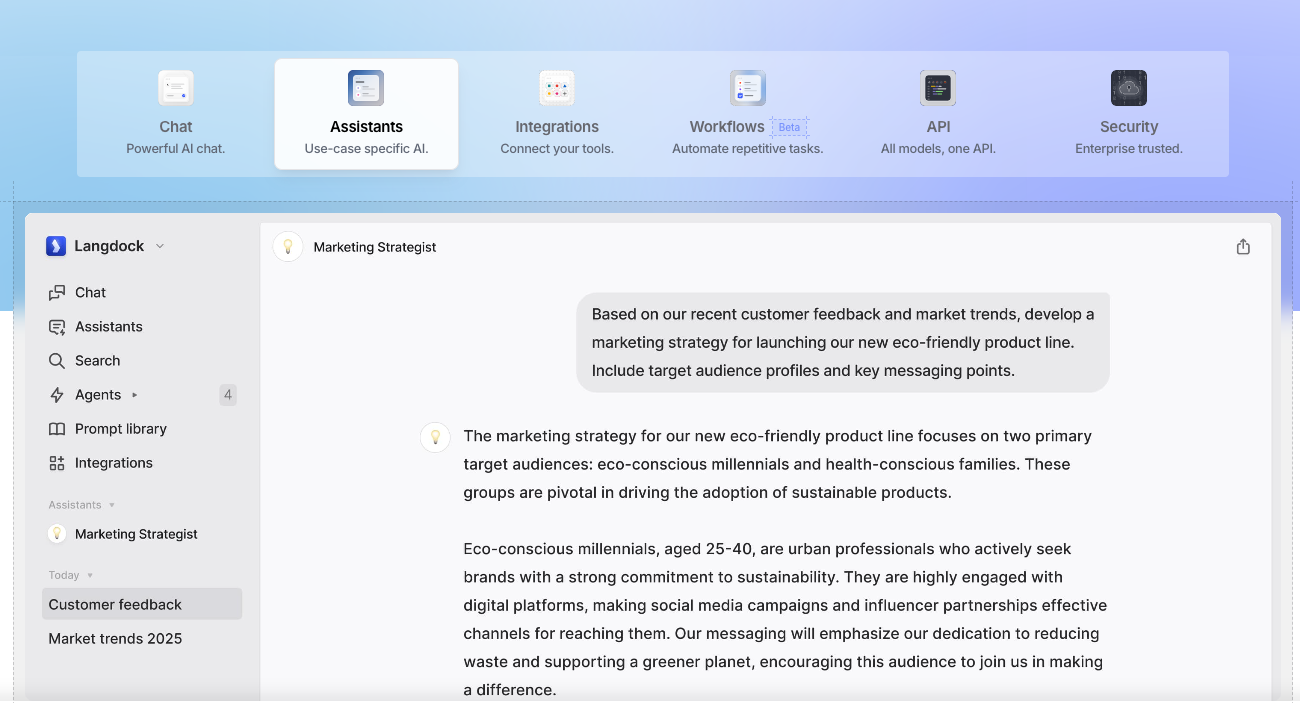The Workplace AI Built:Changes | 매거진에 참여하세요
The Workplace AI Built:Changes
#enterprise #AI #onboaring #workforace #ai #training #feedback #culture
“Will AI take my job?”
Just a few years ago, this was the dominant question. Automation meant layoffs, and AI was framed as a threat.
But in 2025, the question has shifted:
“Is AI my colleague, or my subordinate?”
Companies no longer see AI as just another tool. Increasingly, AI is being treated like an employee assigned tasks, tracked for performance, even onboarded into company culture.
HR departments aren’t just managing people anymore. They’re managing machines that think, decide, and work alongside us.
We are entering the era of the AI workforce.
From Tools to Teammates
Traditional corporate hierarchies were simple: humans at the top, tools at the bottom.
But as AI systems learn, reason, and collaborate, the boundary between “employee” and “software” is fading.
The new mantra is:
“Manage AI as if it were a team member.”
That means:
- Assigning projects to AI agents
- Measuring their accuracy and response speed
- Logging issues and reporting failures
In other words, AI is being hired, onboarded, trained, and evaluated—just like people.
The Rise of AI Workforce Platforms
A growing wave of platforms is making this management shift possible:
1. Sana
What it does: AI-powered document summarization, internal Q&A, knowledge tracking
Role in workforce: Acts as a knowledge worker that answers employee questions
How it’s managed: Measured on speed, accuracy, and topic weaknesses

What it does: Organizes enterprise data into a vector database
Role in workforce: AI “librarian” that retrieves company knowledge
How it’s managed: Performance scored on failed searches and response quality

3. AssemblyAI
What it does: Records meetings, generates summaries, extracts action items
Role in workforce: The AI “note-taker” that turns meetings into tasks
How it’s managed: Evaluated on audio quality and extraction accuracy

4. Langdock (Berlin-based)
What it does: Connects documents, Jira tickets, meeting notes for contextual LLM work
Role in workforce: Serves as a collective “team memory” rather than a personal assistant

5. Klu.ai
What it does: Manages LLM prompts, experiments, and A/B tests
Role in workforce: Treats the LLM like a product under continuous improvement

Onboarding and Feedback for AI
The more AI systems a company deploys, the more “human-like” processes they require.
AI onboarding: Feeding corporate documents and policies into the model
Feedback loops: Correcting mistakes, reducing bias, refining outputs
Skill tracking: Monitoring where an AI performs strongly or fails
This has given rise to a new department: the AI Operations Team.
Their job is to measure efficiency, prevent conflicts between systems, and evaluate AI performance.
Today, even AI systems have KPIs and performance reviews.
When AI Joins the Company Culture
The integration of AI into the workforce isn’t just operational—it’s cultural.
Collaboration:
AI drafts a report, humans refine it. AI schedules a meeting, humans handle the nuances.
Role restructuring:
Repetitive work shifts to AI, while humans focus on judgment, empathy, and strategy.
New jobs:
AI trainers, AI onboarding managers, prompt engineers, and AI performance monitors are becoming standard roles.
The result? A hybrid workforce of humans and AI.
The Competitive Edge
In the near future, two companies with equal technology won’t compete on code or features.
They’ll compete on how well they manage their AI workforce.
Because AI is not a replacement—it’s an amplifier. It boosts human creativity, speed, and productivity.
The winning organizations won’t just use AI. They’ll learn how to manage it like a teammate.
AI isn’t just another tool.
It’s your next colleague.
How will you welcome them to your team?






